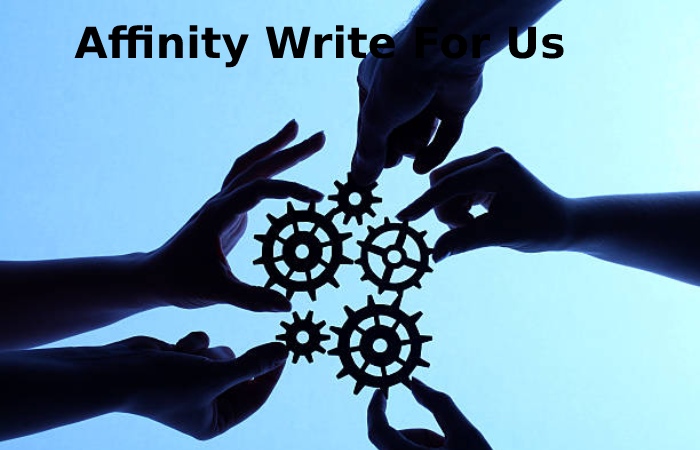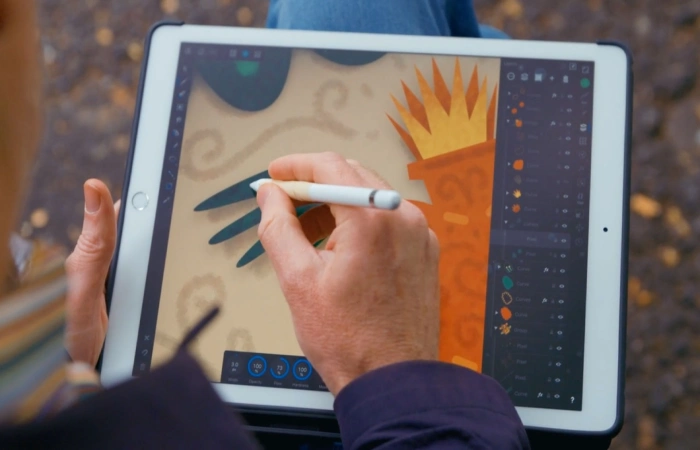Affinity Write For Us – category affinity. The category affinity nose in Adobe Target mechanically captures the site categories that users visit and then calculates the user’s for each class so that it can be targeted and segmented. Category affinity helps ensure that content is targeted to the visitors who are most likely to act on that information.
Pass information about category affinity to Target.
Each time a visitor visits your website, unique profile parameters for that visitor will be recorded in Target’s database. These data are linked to the user’s cookie. One proper parameter is the user. The category is a box parameter assigned on a product page. As the visitor continues to visit or returns for another session, the product categories that a particular visitor chooses to view may be recorded. You can also record category information by passing it as the mbox parameter user.categoryIdin any mbox (including a nested box), as a URL parameter, the user.categoryIdor in page parameters with a global mbox. Target For more details, please ask your account representative.
The business case for category affinity.
A visitor’s activity in a session (for example, the category they view most frequently) can be used to direct subsequent visits. All types of pages visitors view during a session are recorded, and their “favourite” category is calculated based on the frequency and time proximity model. Then, each time the visitor returns to the main page, the main image area can be redirected to display content related to the visitor’s favourite category.
Example of using category affinity.
Let’s say that you sell musical instruments online and want to target your bass sales promotions to visitors who have already shown an interest in guitars. If you use category affinity, you can create offers displayed only to visitors with this category.
Category Affinity Algorithm.
The category affinity algorithm works as follows:
- Ten points for the first category displayed
- Five points for each type clicked after the first
- When a new variety is clicked, 1 point is subtracted from all previously connected sorts.
- If a class (view) has already been related, clicking it again will not remove 1 point from the rest of the categories.
- Clicking on a new sixth category leaves the category with the fewest points out of the first five categories in the calculation.
- At the end of the session, all values are divided by 2
What is an Affinity Diagram?
An affinity diagram is a visual thinking tool that allows teams to organize brainstorming based on their natural relationships. We have all participated in brainstorms that seem to have no definite direction; Plus, with so many people sharing a wealth of ideas and viewpoints, it can be difficult to distil these conversations into something coherent. Here a diagram is necessary.
Benefits of using an affinity diagram
You can custom an affinity diagram to generate, organize, and consolidate information from brainstorming. Drawing is a valuable and modest framework, whether you’re developing a product, working to solve a complex problem, establishing a process, or breaking down a problem.
Incorporate one and all perspective
An affinity diagram allows each side member to share their opinions and ideas on the topic. Because it brings everyone’s thoughts together, the chart is a visual representation of a brainstorming session to which everyone can contribute.
Find connections between ideas.
Affinity diagrams are also an inordinate way to discover new connections between different project components. Since ideas are synthesized in a simple visual framework, teams can develop new solutions that might not otherwise occur.
Organize the opinions and ideas of the team
Finally, an affinity diagram is a valuable organizational tool that breaks a project into different components to get a detailed understanding of each component. By organizing your thoughts this way, you can break down tasks and delegate responsibilities.
When to use affinity diagrams
Teams and organizations use sympathy diagrams in a variety of situations. When your thinking doesn’t seem to be going well, and there are too many ideas to capture, or when the topics are too big and complex, you can use an affinity diagram to remedy the chaos. But it’s not just valuable during chaotic meetings; You can use a diagram when you need to reach a consensus when analyzing data such as survey results, grouping ideas into themes, or organizing data sets.
Create your own affinity diagram
It’s easy to create your own affinity diagram with your team. Miro’s whiteboard tool is the perfect space to create and share your own. Start by selecting the template for the affinity diagram. Then follow these simple steps:
Step 1: Idea generation
The first step is recording the ideas you would like to categorize. Involve all team members and ask them to come up with some ideas.
Step 2: Creating the diagram
Now analyze the ideas and try to find related concepts. When you see related images, group them together. Then she talks to the group, and they begin to draw tentative connections between the pictures. Invite members to add sticky notes to share their perspectives. Repeat this step until you have grouped all the pictures.
Step 3: Grouping
Repeat step 2 until you have grouped all the concepts. There is no problem if there are concepts that apparently cannot be grouped. You can come back to them later.
Step 4: Team discussion
Talk to your team and make sure everyone is on the same page. Do you agree with the groups? How should they label them? Do they need to make variations?
Step 5: Synthesize ideas
Finally, combine these clusters into “supergroups” to synthesize ideas into a more cohesive whole. The finished affinity diagram can be used to improve future project management and inform decision-making.
What is the drive of an affinity diagram?
The purpose of an empathy diagram is to generate ideas and organize them in a way that shows the connections and relationships between the different views. Affinity diagrams are visual brainstorming tools but focus more on the links between ideas.
When are affinity diagrams use?
Affinity diagrams used by companies and organizations to analyze data, generate ideas and organize projects or analyses. You can use a diagram whenever you want to collect data or thoughts in a straightforward way to create valuable conclusions.
How are affinity diagrams used?
Use the affinity diagram template after a thinking session or ideation.
Then, group the collected ideas, concepts, and data into groups and see the connection between them. The affinity diagram template made when you manage to synthesize the views to the point where you can inform decision-makers to identify solutions to the proposed problem.
How is it calculated?
Audience infers audience affinity based on interactions (tweets, posts, followers, likes, etc.) of audience members on social media. One of the most critical inputs to calculate Affinity is the follower’s graph because it allows us to know more about how people are interconnected and helps us better understand their relationships.
When you sort by Affinity, you’ll see the highest interest rates for that audience (most followed accounts). For example, the likes of Elon Musk will be typical when sorting by Affinity: 42.41% of this audience has a for Elon Musk, while 4.57% of the global audience also has a relationship with this account (see image).
To find more relevant/popular accounts for your audience when comparing against the baseline, you can sort them by Uniqueness.

Likewise, You can submit your articles at contact@businessinsiderblogs.com
How to Submit Your Affinity Articles Affinity Write For Us?
That is to say, To submit your article at www.businessinsiderblogs.com, mail us at contact@businessinsiderblogs.com.
Why Write for Business Insider Blogs– Affinity Write For Us
- Writing for Business Insider Blog can expose your website to customers looking for Affinity.
- Business Insider Blog presence is on Social media, and it will share your article with the Affinity-related audience. You can reach out to Affinity enthusiasts.
Affinity Write For Us
That is to say, here at Business Insider Blogs, we publish well-researched, informative, and unique articles. In addition, we also cover reports related to the following:
Affinity (law)
cultural anthropology
kinship
marriage.
marital relationship
adoption
step relationship.
anthropology
cultural variation
social anthropology,
sociocultural anthropology
data mining
Association rules
a priori algorithm
statistics
Guidelines of the Article – Affinity Write For Us
⦁ We at Business Insider Blog welcomes fresh and unique content related to Affinity.
⦁ Business Insider Blog allow a minimum of 500+ words related to Affinity.
⦁ The editorial team of Business Insider Blog does not encourage promotional content related to Affinity.
⦁ For publishing article at Business Insider Blog email us at Contact@businessinsiderblogs.com
⦁ Business Insider Blog allows Posts related to Health Care, Wellness, Fitness, Fashion, Hair and many more
Search Terms Related to Affinity Write For Us
adobe target category affinity
category affinity adobe target


